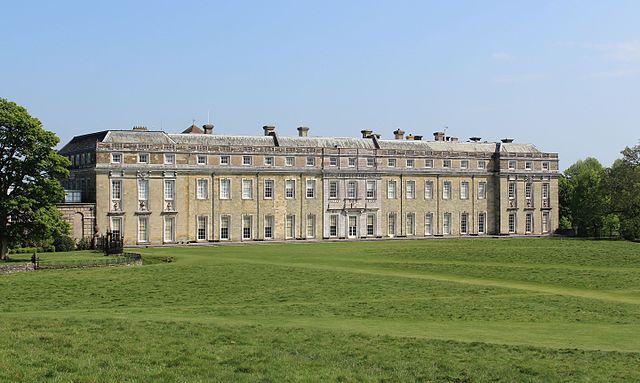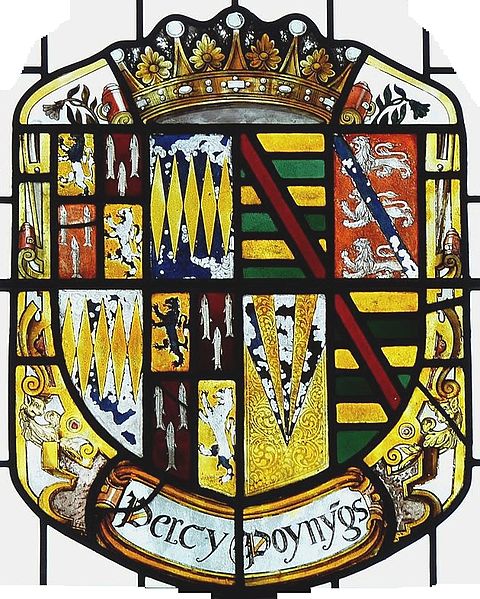Charles Seymour, 6th Duke of Somerset
Charles Seymour, 6th Duke of Somerset, KG, PC,, known by the epithet "The Proud Duke", was an English aristocrat and courtier. He rebuilt Petworth House in Sussex, the ancient Percy seat inherited from his wife, in the palatial form which survives today. According to the Encyclopædia Britannica Eleventh Edition, he was a remarkably handsome man, and inordinately fond of taking a conspicuous part in court ceremonial; his vanity, which earned him the sobriquet of "the proud duke", was a byword among his contemporaries and was the subject of numerous anecdotes; Macaulay described him as "a man in whom the pride of birth and rank amounted almost to a disease".
Portrait by John Closterman, c. 1690–1692
Charles Seymour, 6th Duke of Somerset, portrait by Nathaniel Dance-Holland (1735–1811) (presumably a copy, artist aged 13 at sitter's death), collection of Trinity College, Cambridge. He was Chancellor of the University of Cambridge 1689–1748
Charles Seymour, 6th Duke of Somerset, portrait c. 1703 by Godfrey Kneller, National Portrait Gallery, London
Petworth House, west front, in 2015, with flat roof line
Petworth House is a late 17th-century Grade I listed country house in the parish of Petworth, West Sussex, England. It was built in 1688 by Charles Seymour, 6th Duke of Somerset, and altered in the 1870s to the design of the architect Anthony Salvin. It contains intricate wood-carvings by Grinling Gibbons. It is the manor house of the manor of Petworth. For centuries it was the southern home for the Percy family, earls of Northumberland.
Petworth House, west facade
16th century stained glass in the Percy Window at Petworth House Chapel, depicting arms of Henry Percy, 3rd Earl of Northumberland (1421–1461) impaling the arms of the Poynings, his wife's family
The North Gallery at Petworth House showing a significant section of the collection of paintings, sculpture and objects held in the house.
The Marble Hall at Petworth House, one of the state rooms open to visitors showing some of the neoclassical sculpture on display.








